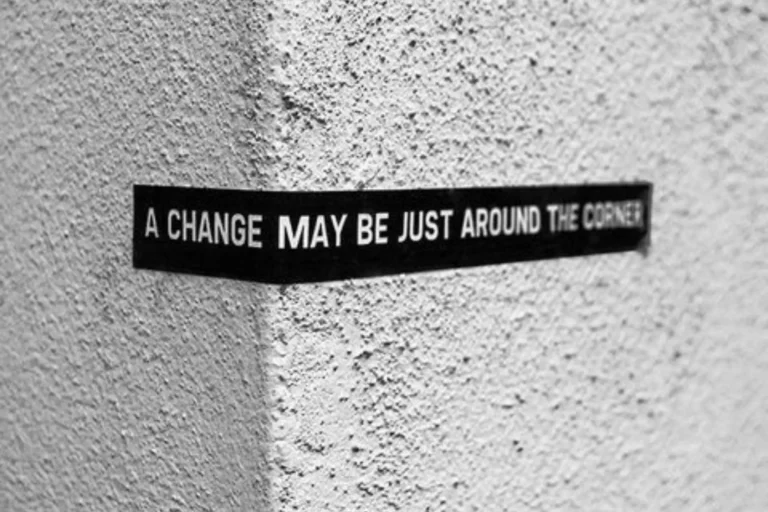What Recruiters Look for in a Resume: First 10 Seconds Matter
In the first few seconds of reviewing your resume, recruiters look for key elements that demonstrate your suitability for the role. Knowing exactly what recruiters look for in a resume can make all the difference in ensuring your application stands out. Whether you’re a seasoned professional or just entering the job market, understanding the expectations of hiring managers is essential for crafting a resume that makes a strong first impression.

1. First Impressions: Visual Appeal and Layout Are Key
When a recruiter first glances at your resume, they’ll evaluate its visual appeal and layout. Formatting can make or break your chances—poorly organized resumes often get tossed aside. Here’s what you need to keep in mind:
- Clear, clean formatting: Use a standard font like Arial or Calibri (10-12 point size).
- Avoid overly creative designs: Stick to professional and easy-to-read layouts.
- Strategic use of white space: This allows the recruiter to quickly skim the content and focus on the essentials.
Tip: Keep it simple and clean – professional, readable formatting is always the winner.
2. Resume Summary: Your Elevator Pitch
The resume summary is one of the first things recruiters will read, and it serves as your elevator pitch. This section is a brief, punchy overview of your experience and skills. It should be clear, concise, and tailored to the role you’re applying for.
Example of a Great Resume Summary:
“Results-driven digital marketing specialist with over 6 years of experience in SEO, paid search, and content strategy. Consistently increased traffic by 40% year-on-year for multiple clients.”
Tip: Keep it short (2-4 sentences) and focus on your key strengths and what sets you apart.
3. Keywords Matter: Tailor Your Resume to the Job Description
One of the most important things recruiters look for in a resume is how well it matches the job description. Using keywords from the job posting is essential to getting your resume noticed, especially when Applicant Tracking Systems (ATS) are in play.
If the job ad mentions “B2B sales”, include that exact phrase in your resume. This alignment demonstrates that your qualifications fit the role.
Tip: Don’t just focus on your technical skills—soft skills (e.g., leadership, communication) are equally important. Be sure to match these with the job description as well.
4. Impactful Bullet Points: Go Beyond Listing Duties
Recruiters are looking for impact, not just a list of job responsibilities. Instead of merely stating what you did, focus on how you added value and what the results were.
Example of Weak Bullet Points:
- “Managed social media accounts.”
Example of Strong Bullet Points:
- “Increased Instagram engagement by 30% in 6 months through targeted campaigns.”
Tip: Whenever possible, quantify your achievements. Whether it’s revenue growth, cost savings, or process improvements, measurable results show that you can deliver real-world value.
5. The F-Pattern: Structure Your Resume for Quick Scanning
Recruiters often skim resumes in an F-shaped pattern—starting at the top left, scanning across, and then moving down the left side. This means your most important information must be visible and easy to find in the first few seconds.
- Top of the resume: Include your resume summary, skills, and key qualifications at the top.
- Left-aligned content: Make sure job titles, company names, and dates of employment are on the left side, where they’ll be easy to find.
Tip: Use bullet points to highlight your achievements and make the most important information stand out quickly.
6. Your Resume Email: Make the Introduction Count
In the first few seconds, recruiters will also evaluate your resume email. A generic “please find my resume attached” won’t do you any favours. Be sure to make a strong first impression with your email:
Example Email Template:
“Dear [Hiring Manager’s Name],
I’m excited to apply for the Social Media Manager role at [Company Name]. With 5 years of experience in driving digital marketing strategies, I’m confident in my ability to contribute to your team. Please find my resume attached for your consideration.
I look forward to discussing how I can help [Company Name] achieve its goals.
Best regards,
[Your Name]”
7. Tailoring Your Resume: Stand Out by Personalising
Generic resumes get overlooked. Customising your resume for each role shows effort and increases your chances of standing out. Tailoring your resume involves more than just tweaking your summary—it means aligning your experience, skills, and achievements with the specific job.
Tip: Reference the company name and its goals. If the company is focused on growth, mention your experience in expanding businesses or driving revenue.

8. Essential Contact Details: Don’t Make Recruiters Search for Them
It sounds simple, but don’t underestimate the importance of clear contact details. Make sure your name, phone number, and email address are easy to find. Ideally, these should be placed at the top of your resume.
9. Common Mistakes to Avoid in the First 10 Seconds
If you want to make a good first impression, avoid these common mistakes:
- Inconsistent formatting: Ensure everything looks uniform.
- Typos and grammatical errors: Even small mistakes can send the wrong message.
- Unclear job titles or missing dates: Make sure your experience is clearly laid out.
- Dense paragraphs: Use bullet points for easy skimming.
10. Customisation by Industry: What Works Best for Different Roles
Industries have different expectations for resumes. Here’s a quick guide on what works best for various sectors:
- Creative industries (Marketing, Design): Showcase your portfolio and focus on creative achievements.
- Corporate roles (Finance, HR): Highlight operational achievements and KPIs.
- Tech roles (Engineering, Development): List your technical skills and showcase projects or open-source contributions.
Tip: Customising your resume to match the industry’s expectations is key to getting noticed.
Final Checklist: Ready to Hit Send?
Before you submit your resume, make sure it:
- Is well-formatted and easy to read.
- Features a strong summary that aligns with the job.
- Includes keywords from the job description.
- Focuses on achievements and measurable results.
- Is free from errors and inconsistencies.
Conclusion: Make Every Second Count
In the competitive job market, you don’t have much time to grab a recruiter’s attention. By understanding what recruiters look for in a resume during the first 10 seconds, you can position yourself as the top candidate. Focus on clean formatting, impactful results, and tailoring your resume to each role, and you’ll increase your chances of landing the job.
Connect with Talent Solution Partners on LinkedIn or read more from the TSP Blog







